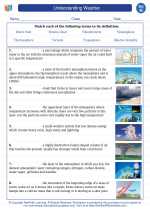Eyeglasses
Explanation:
Eyeglasses, also known as spectacles or glasses, are optical devices consisting of lenses mounted in a frame that is worn on the face to correct or enhance vision. They are used to correct refractive errors such as myopia (nearsightedness), hyperopia (farsightedness), astigmatism, and presbyopia. Eyeglasses can also be used for protection against environmental elements or for aesthetic purposes.
Components of Eyeglasses:
- Lenses: The lenses in eyeglasses are the most critical component, as they correct vision by refracting light to focus it properly on the retina.
- Frames: The frames provide support for the lenses and are designed to fit the face comfortably.
- Nose Pads: These are small cushions on the bridge of the frame that provide support and comfort on the nose.
- Temple Arms: Also known as the arms or temples, these extend from the frame to hook behind the ears, keeping the glasses in place.
- Hinges: The hinges allow the temple arms to fold inward, making the glasses easier to store and transport.
Types of Lenses:
There are various types of lenses that can be used in eyeglasses, including:
- Single Vision Lenses: These lenses have a single prescription for correcting nearsightedness or farsightedness.
- Bifocal Lenses: Bifocals have two distinct optical powers, typically for near and distance vision, separated by a visible line on the lens.
- Trifocal Lenses: Trifocals have three distinct optical powers, often including near, intermediate, and distance vision.
- Progressive Lenses: Also known as no-line bifocals, progressive lenses offer a smooth transition between near and distance vision without a visible line on the lens.
Choosing Eyeglasses:
When selecting eyeglasses, it's essential to consider factors such as prescription strength, lens type, frame style, and material. It's important to have an eye examination by an optometrist or ophthalmologist to determine the appropriate prescription for your eyeglasses.
Maintenance and Care:
To ensure the longevity of eyeglasses, proper maintenance and care are essential. This includes cleaning the lenses with a microfiber cloth and lens cleaning solution, storing glasses in a protective case when not in use, and having regular adjustments and repairs done by an optician if needed.
Study Guide:
Use the following questions to test your knowledge of eyeglasses:
- What are the main components of eyeglasses?
- How do eyeglasses correct vision?
- What are the different types of lenses used in eyeglasses?
- Why is it important to have regular eye examinations when selecting eyeglasses?
- What are some maintenance tips for taking care of eyeglasses?
By understanding the components, types, and maintenance of eyeglasses, you can better appreciate their role in vision correction and enhancement.
[Eyeglasses] Related Worksheets and Study Guides:
.◂Science Worksheets and Study Guides Eighth Grade. Understanding Weather
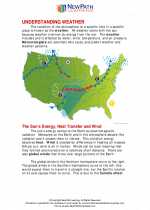
 Activity Lesson
Activity Lesson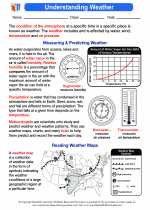
 Worksheet/Answer key
Worksheet/Answer key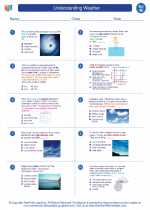
 Worksheet/Answer key
Worksheet/Answer key
 Worksheet/Answer key
Worksheet/Answer key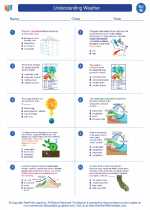
 Worksheet/Answer key
Worksheet/Answer key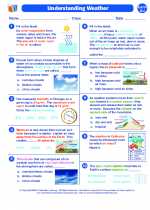
 Vocabulary/Answer key
Vocabulary/Answer key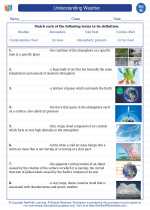
 Vocabulary/Answer key
Vocabulary/Answer key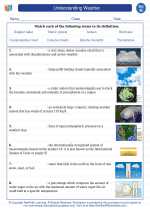
 Vocabulary/Answer key
Vocabulary/Answer key